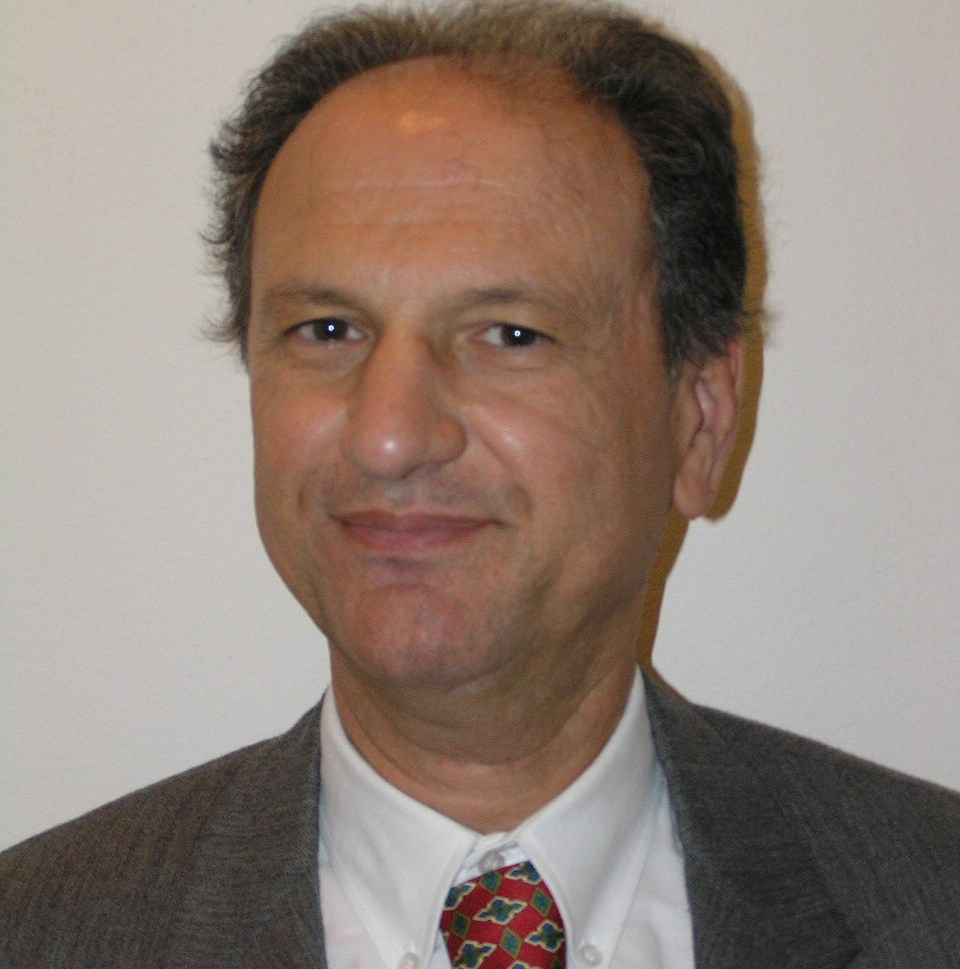Solar energy technology uses solar radiation/energy to generate electricity or heat. Solar energy is a renewable and sustainable energy source, which has gained significant attention in recent years due to its potential to mitigate climate change and reduce reliance on fossil fuels. Therefore, the exploitation of solar radiation has led to the development of a subsequent (solar energy) technology, which is expressed into two types: photovoltaic (PV) and solar thermal.
The PV technology involves the use of solar cells to directly convert solar energy into electricity. These cells are typically made from semiconductor materials like silicon. PV systems can be installed on rooftops, solar farms, and even integrated into various structures like windows and facades.
There are several types of PV technologies: (i) monocrystalline (uses single-crystal silicon, offering high efficiency), polycrystalline (made from multiple crystals, slightly less efficient but more cost-effective), thin-film (flexible and lightweight cells, making them suitable for various applications), and concentrated PV (CPV) (uses lenses or mirrors to concentrate sunlight onto small, high-efficiency solar cells).
The solar thermal technology captures solar energy as heat and converts it into usable energy, either for electricity generation or heating purposes.
There are several types of solar thermal systems: (i) solar water heaters (systems that heat water for domestic or industrial use using sunlight), (ii) concentrated solar power (CSP) (systems that use mirrors or lenses to concentrate solar energy onto a small area, generating heat that drives turbines to produce electricity), (iii) solar cookers (used for cooking food by utilising solar energy), and solar drying (uses solar energy to dry crops or other materials).
The special issue invites scientists to submit papers on the above topics. Nevertheless, manuscripts may be submitted on the following topics, too: (i) improvement of solar cell efficiency, (ii) use of bifacial solar panels, (iii) building-integrated photovoltaics (BIPV), (iv) energy storage solutions, (v) floating solar farms on water bodies, (vi) perovskite solar cells, and (vii) solar radiation/energy measurements and modelling related to the above issues.

